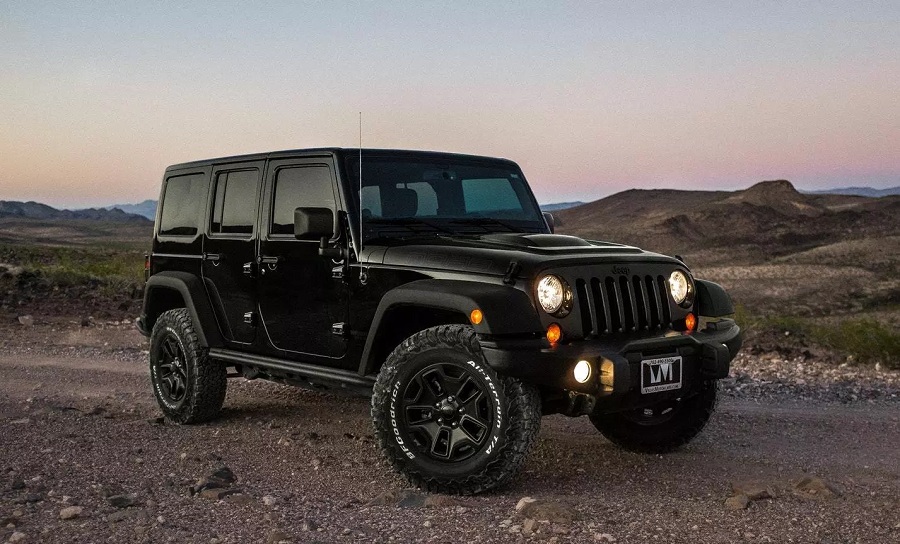You might believe that purchasing a cargo van is simple. They are, after all, appear to be the same, carry similar loads, and cost about the same. However, there are some significant variations between cargo vans, therefore we have compiled a list of key points to consider before committing to a cargo mover for your company or organisation.
Ship A Car, Inc. is committed to providing its customers with the finest possible transportation experience. A cargo van shipping can be tricky, but with proper planning and a thorough awareness of your alternatives, it will be a breeze.
SAC can estimate the delivery time as well as the cost of service based on the van’s weight, size, and model. They have all of the necessary technical tools and procedures for transportation.
Before you buy a cargo van, the following questions must be answered by you:
- When did you purchase the van and from whom?
- What were your uses with the van?
- Whether they were for heavy loads?
- Have you ever done any maintenance to your van?
- Did you ever get any problems with your van?
- How were your brakes, and have you ever worked on them?
- Have you ever worked on an engine, transmission, or any other work?
- Have you ever had any radiator, starter, or alternator problems?
The following are a few things that you need to consider while buying any cargo van.
- What will you transport?
Before you purchase a cargo van, you must first determine what you intend to convey. Despite their uniform appearance, cargo vans vary in a broad range of sizes and shapes. Short vans are designed for city drivers, whereas long-wheelbase vans are designed for individuals who need to transport larger items.
There are 3 types of vans:
- Huge vans
- Medium-sized vans
- Small vans
Also, there are low-roof vans, regular-roof vans, and tall-roof vans, all of which are designed to transport things of various sizes.
- Doors galore
Another aspect of the van-buying process that you may perhaps not have considered is the doors. Dual side doors are found on some cargo vans, which implies there will be one door on all sides of your vehicle.
Others have only one side of the door that opens. Meanwhile, a few vans have rear Dutch doors that open to the side, allowing complete access to their cargo space, while others may have a more intricate and temperamental rear lift gate, similar to that of an SUV or any minivan, which can make loading and unloading more difficult.
- The test drive
Shift the vehicle through the gears with the foot on your brake. This should be done with the centre console removed from the van so that you may see the transmission. As you change, pay close attention to it. There should be no loud noises coming from it. It must shift smoothly.
Your brake pedal should have a strong feel to it. There is an issue if it falls to the floor without any effort or if it is very hard. Drive as you normally would and observe how the vehicle reacts. Drive the van at a speed of around 20 mph.




